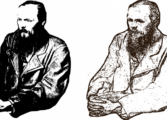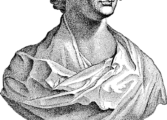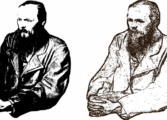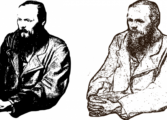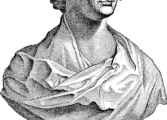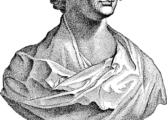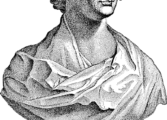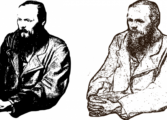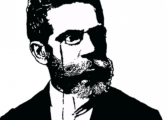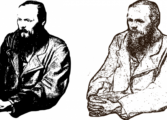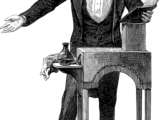Charles Dickens Books: A Journey through Time and Imagination
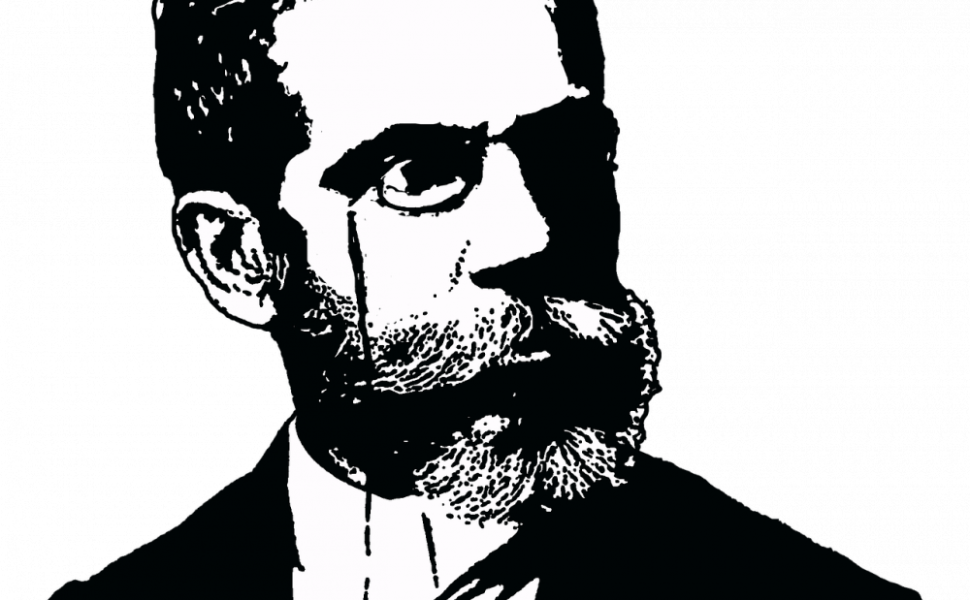
Introduction:
Charles Dickens, the renowned 19th-century English writer, is often considered one of the greatest novelists of all time. His works, infused with social criticism, satire, and vivid characterizations, have captivated readers for generations. In this article, we will delve into the world of Charles Dickens’ books, exploring their significance, historical context, and evolution over time.
Historical Background:
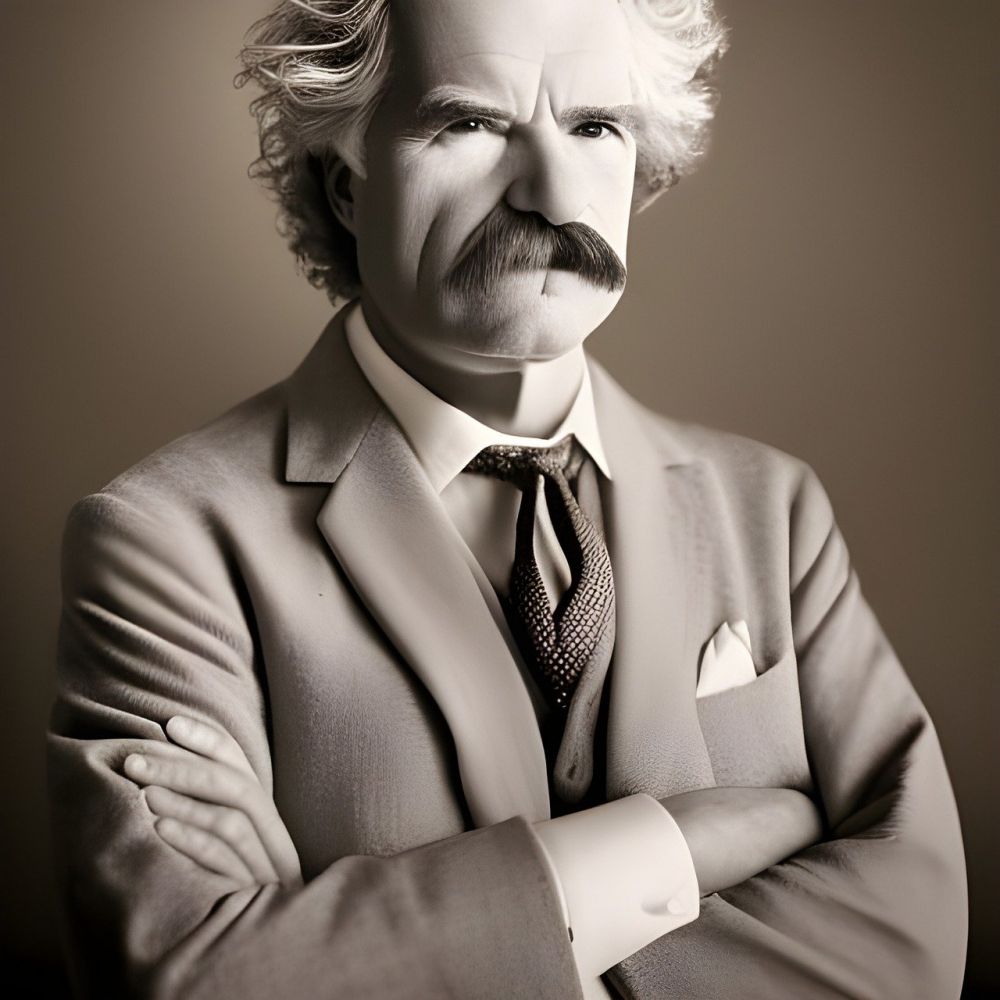
Born on February 7, 1812, in Portsmouth, England, Charles Dickens grew up in a period of rapid industrialization and social change. These transformative times heavily influenced his writings, which vividly depicted the plight of the working class and shed light on the social injustices of Victorian society.
Dickens’ Novels: A World of Characters and Settings:
Dickens’ literary repertoire consists of fifteen novels, each showcasing his unparalleled storytelling skill. One of his earliest and most beloved works is “Oliver Twist” (1837-1839), a tale of an orphan boy struggling to survive in the rough streets of London. With memorable characters like Fagin, the Artful Dodger, and Bill Sikes, the novel became an instant classic.
Another notable work is “A Tale of Two Cities” (1859), a historical novel set against the backdrop of the French Revolution. Dickens masterfully intertwines personal drama and political upheaval, captivating readers with his rich descriptions of both London and Paris.
“The Pickwick Papers” (1836-1837) is a delightful comedy of manners, highlighting Dickens’ knack for creating eccentric characters and satirical situations. This episodic, light-hearted novel was a huge success and solidified Dickens’ reputation as a serial novelist.
The Evolution of Dickens’ Writing:
Throughout his career, Dickens experimented with various narrative techniques, capturing his readers’ attention and immersing them in intricate plots. Initially, his novels were released in serial form, with new installments published periodically in periodicals such as “Household Words” and “All the Year Round.” This method allowed Dickens to interact with his readership in real-time and gauge their reactions, influencing the direction of his narratives.
As technology advanced, the printing press became more accessible, enabling the mass production of books. This development marked a shift in publishing, as Dickens’ novels began to be released as complete volumes. This transition not only expanded his readership but also provided more control over the pacing and structure of his narratives.
Dickens’ Impact and Legacy:
Charles Dickens’ books left an indelible mark on literature, resonating with readers across the globe. His relatable characters and social commentary illuminated the harsh realities of the Victorian era, prompting discussions about societal issues. Dickens’ influence extended beyond his own time, inspiring future generations of writers, including Leo Tolstoy and Fyodor Dostoevsky. His works continue to be studied, adapted into films, and cherished by avid readers worldwide.
In conclusion, Charles Dickens’ books remain a testament to his literary brilliance and social awareness. From his early novels depicting the struggles of the working class to his later historical narratives, Dickens’ contribution to literature is immeasurable. By shedding light on the human condition and confronting societal issues, he has left an enduring legacy that continues to captivate and inspire readers today.
Overall, this article provides a comprehensive exploration of Charles Dickens’ books, examining their significance in the context of his era, their evolution over time, and their lasting impact on the literary world. Whether you are a Dickens enthusiast or a curious explorer of classic literature, delving into the world of his novels is a journey that will enrich your understanding of both the past and the present.











